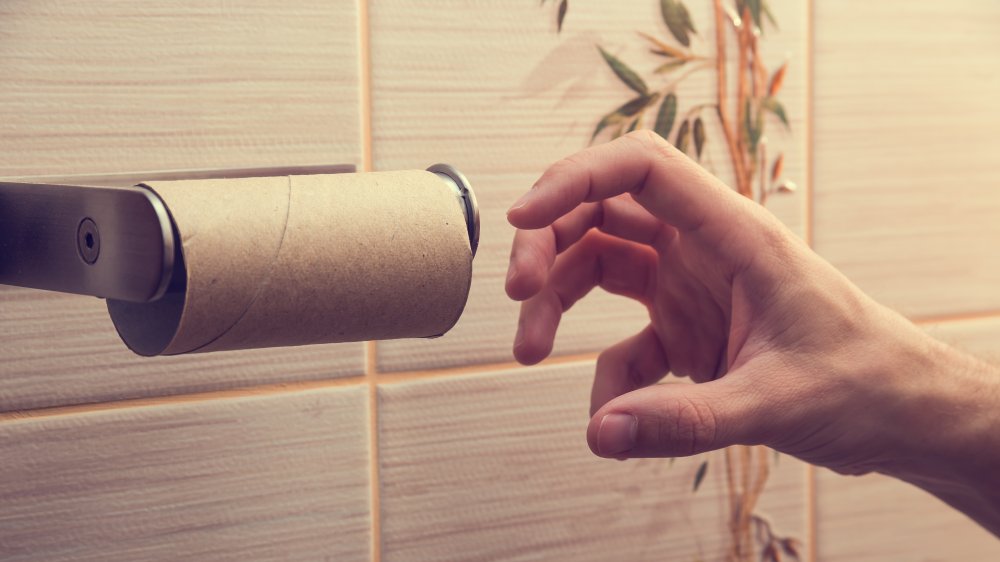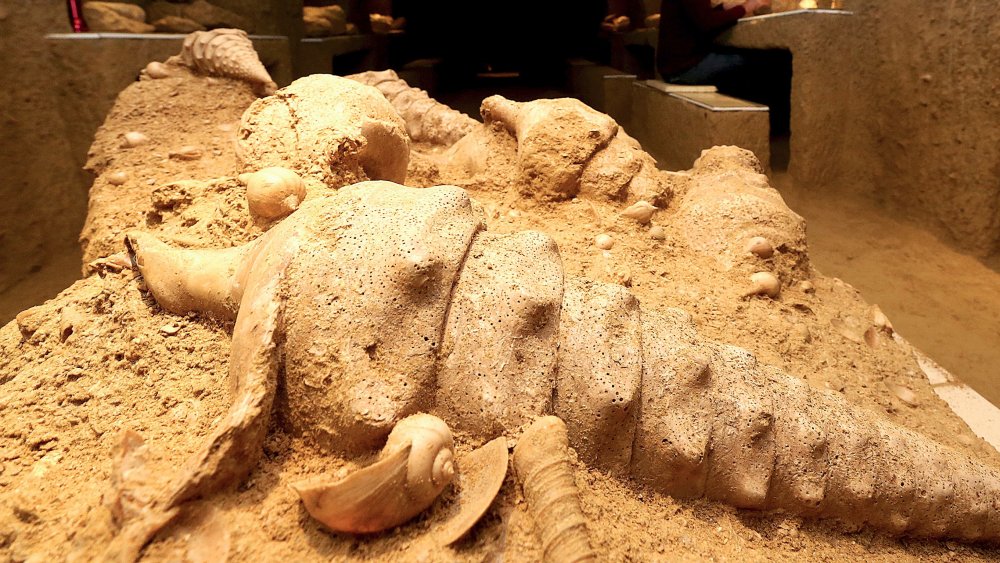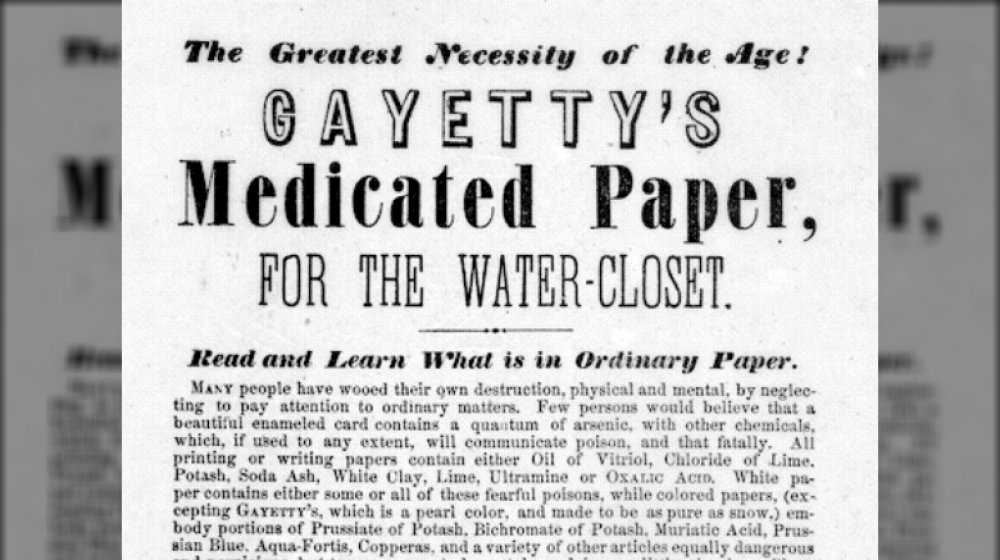Here's What People Used Before Toilet Paper Was Invented
At this moment, there's a chance that you're staring at your phone, contemplating what to do next, having realized far too late in the game that there's no toilet paper left on the roll.
"Well," you deduce to yourself, "this isn't the end of the world. People have been taking care of toilet business for as long as there have been people, and toilet paper is a relatively new invention. I can just deal with this the way folks did in the old days."
Then, almost as an afterthought, "How did folks deal with this in the old days?"
The answers are as varied as they are disgusting. What follows is not for the faint of heart: a journey through the history of potty time hygiene. Because you know what? With a few thousand years of recorded civilization under our belts, a good chunk of America is still at the point of rubbing paper on our leave-it-alones and calling it good. Consider that, and then consider that there were many, many less advanced options.
How do you use the three sea shells?
According to History, the first recorded toilet paper predecessor popped on the scene around the same time as we did: early humans "used a variety of natural tools and materials to clean themselves. In very ancient times, wiping with stones and other natural materials and rinsing with water or snow was common." They also mention that, in a preemptive callout to the 1993 masterpiece Demolition Man, some communities used seashells. We'll leave it to you to figure out how.
By the first century AD, Romans were using a communal sponge on a stick, with some archaeologists theorizing that they'd be washed in vinegar or salt water before being put back into rotation. Greco-Romans, as reported by Scientific American, were especially fond of using small, round ceramic stones called pessoi. There's some evidence that the affluent would utilize handmade scraps of fabric, which, considering how textiles were painstakingly made by hand at the time, would have been a doozy of a power move.
As for your situation, you're probably just going to have to go the rest of your day with one sock. Sorry.
Sticky situation
Meanwhile in Asia, things were looking even less Charmin squeezable. Out of India and into China came Buddhist missionaries, and with them, a new way of staying oh-so-fresh: the śalākā, or, quite literally, "dookie stick." It was a thin, smooth piece of wood used for wiping up after squatting down. The high class citizenry took to wrapping these instruments in perfumed fabric. In 2016, Science News reported that analysis of these rigidly single-ply artifacts, some dating back over 2,000 years, showed that merchants traveling on the Silk Road carried a plethora of miscellaneous worms and parasites hither and yon. It wasn't until the 6th century that the Chinese invented the idea of paper for the purposes of toilet time. According to History, the advent of mass-produced Chinese wiping paper came around the early 14th century, and by 1393, the Imperial Family was calling for thousands of custom sheets of perfumed tissue for their personal use. Rank has privileges, and first among them is "not being rank."
American innovation!
And then, a hero was born of American industrialism: In 1857, Atlas Obscura reports that one Joseph Gayetty introduced the world to Gayetty's Medicated Paper for the Water Closet, which he billed as "The Greatest Necessity of the Age!" Gayetty's was a first-of-its-kind mass-produced commercial product that, we'll be honest, sounds pretty great compared to the previously available options until you find out about one important detail.
The invention came at a time when America was content with using torn out catalogue pages and newspaper in pursuit of a less smelly day. With that in mind, Gayetty sold to his customers' unrealized fears. His advertisements featured sinister language about the potential toxins found in printer ink, describing them as "deleterious and death-dealing material" and "rank poison to tender portions of the body." His solution was a hemp-based manila paper, coated with soothing, lubricating aloe, and with each sheet lovingly watermarked with his company's name. For three decades, Gayetty's was the biggest game in town, and it remained a standard in toilet tissue design until 1935, when the inaccurately named Northern Tissue Company introduced — and here's the glaring flaw in the Gayetty product — more popular "splinter-free toilet paper."
Once more for coverage: somebody had to specifically invent a toilet paper without splinters in it, and that happened less than 100 years ago. Let that sink in and realize that your day could be demonstrably more horrific.



